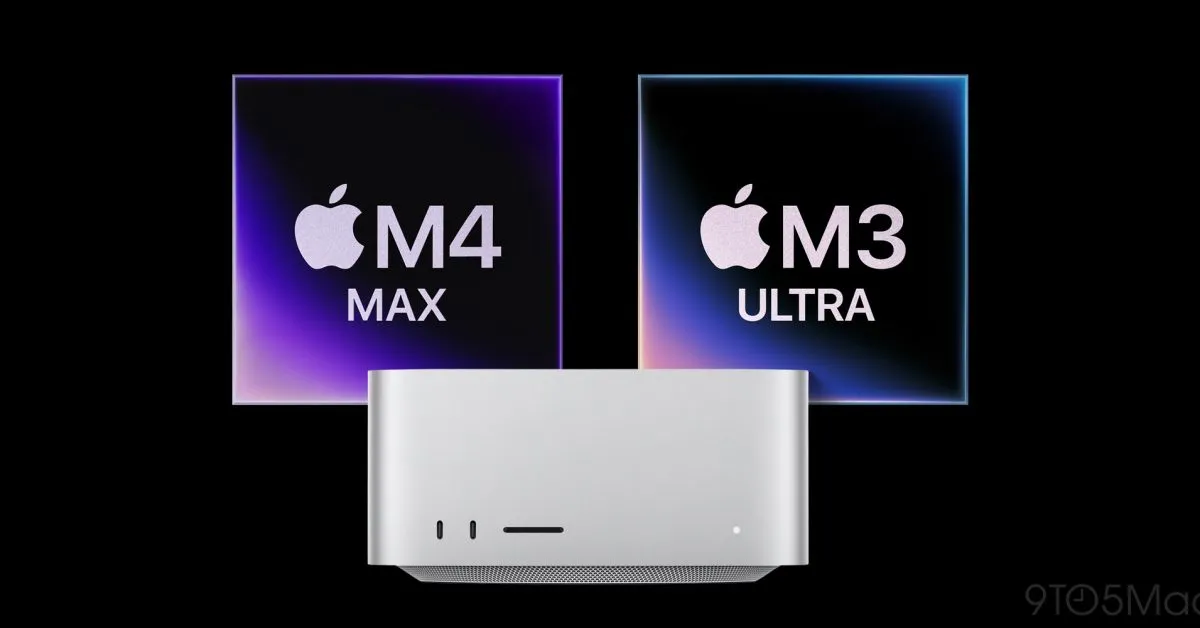
This week, Apple made headlines with the announcement of the new generation of Mac Studio, featuring a surprising twist: it is now available with two different chip families, the M3 Ultra and M4 Max. This dual offering provides consumers with varying performance levels tailored to different needs. While Apple asserts that the M3 Ultra chip can deliver performance that is up to twice as fast as the M4 Max in certain workloads, recent benchmark tests reveal that the differences between the CPUs of these two chips are not as pronounced as one might expect.
A recent Geekbench 6 test conducted on the new Mac Studio equipped with the M3 Ultra chip, touted as Apple’s most powerful chip yet, yielded interesting results. The M3 Ultra, boasting a 32-core CPU, achieved scores of 3221 in single-core performance and 27749 in multi-core performance. While these figures are indeed impressive, they don’t show a significant advantage over the M4 Max chip's performance. The high-end version of the M4 Max, which features a 16-core CPU, scored 3921 in single-core and 25650 in multi-core tests.
This data suggests that the M4 Max chip actually has faster CPU cores than the M3 Ultra. However, the M3 Ultra does outperform the M4 Max in multi-core performance by a narrow margin of just 8%. This brings us to a crucial point: performance can vary greatly depending on the specific tasks being executed.
It is essential to consider the underlying architecture of these chips when evaluating their performance. The M3 series of chips is built on the first generation of the 3 nanometer architecture developed by TSMC, which is known to be less efficient compared to the second generation utilized in the M4 and A18 chips. This architectural difference likely explains why the M3 Ultra exhibits lower single-core performance compared to the M4 Max.
Additionally, it’s important to note that these tests primarily measure CPU performance. While the M4 Max can be configured with a maximum GPU of 40 cores, the M3 Ultra offers an impressive GPU configuration of up to 80 cores. This suggests that when it comes to graphics-intensive tasks, the M3 Ultra may significantly outpace the M4 Max, making it a compelling choice for users who prioritize graphical performance.
Another advantage of the M3 Ultra is its higher memory bandwidth, which stands at 800GB/s compared to the M4 Max's 500GB/s. This higher bandwidth can greatly enhance performance in memory-intensive applications, providing users with an edge in demanding workflows.
So, what does this mean for customers looking to invest in a new Mac Studio? For users whose tasks do not heavily depend on GPU performance, the M4 Max Mac Studio, starting at $1,999, offers CPU performance that is comparable to the more expensive M3 Ultra version, which begins at $3,999. This makes the M4 Max an appealing option for those who prioritize cost without sacrificing too much performance.
As for the rationale behind Apple’s decision to introduce the M3 Ultra instead of an M4 Ultra variant, speculation suggests that Apple may be reserving the Ultra designation for the next generation of the Mac Pro. This strategic move would help distinguish the Mac Pro from the Mac Studio, solidifying its position as a premier offering in Apple’s lineup.
Customers eager to get their hands on the new Mac Studio can now pre-order, with the official launch date set for March 12. With its innovative chip options and performance capabilities, Apple’s latest Mac Studio is poised to impress both casual users and professionals alike.